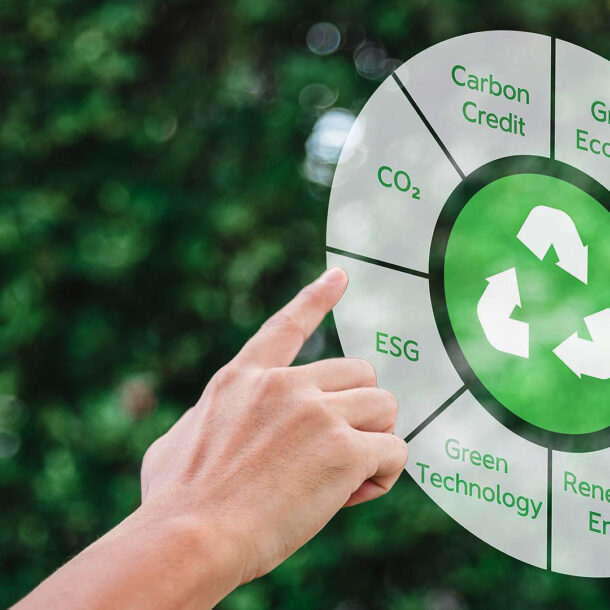
In our modern world, electronic devices have become ubiquitous, serving as essential tools in both our personal and professional lives. From smartphones and laptops to televisions and kitchen appliances, these gadgets have revolutionized the way we communicate, work, and entertain ourselves. However, amidst the convenience and innovation they offer, there lies a significant environmental concern: electronic waste, or e-waste. In this article, we’ll delve deep into the environmental impact of e-waste, examining its magnitude, the hazards it poses, and the solutions available for sustainable disposal. By understanding these aspects, we can take informed actions to mitigate the detrimental effects of e-waste on our planet.
Understanding E-Waste:
Electronic waste, or e-waste, encompasses discarded electronic devices that have reached the end of their useful life or are no longer wanted by their owners. This category includes a broad range of items, such as smartphones, tablets, computers, televisions, refrigerators, and more. As consumers continually upgrade to newer models or replace malfunctioning devices, the accumulation of e-waste has become a pressing global issue.
Magnitude of the Issue:
The sheer volume of e-waste generated worldwide is staggering, with millions of tons accumulating annually. This trend is fueled by several factors, including rapid technological advancements leading to shorter product lifecycles, increased consumer demand for the latest gadgets, and inadequate infrastructure for proper disposal and recycling. As a result, landfills are burdened with electronic waste, posing environmental and health risks to surrounding communities.
Environmental Hazards:
E-waste contains a cocktail of hazardous materials, including heavy metals like lead, mercury, cadmium, and brominated flame retardants. When electronic devices end up in landfills or are incinerated, these toxic substances can leach into the soil, waterways, and air, contaminating ecosystems and posing health risks to humans and wildlife. Exposure to such pollutants has been linked to various health issues, including neurological damage, respiratory problems, and reproductive disorders.
Need for Proper Management:
Effective management of e-waste is paramount to minimize its environmental impact and safeguard human health. Sustainable disposal practices, such as recycling, refurbishment, and proper waste segregation, play a crucial role in mitigating the adverse effects of e-waste. Recycling electronic devices allows for the recovery of valuable materials like precious metals, plastics, and glass, reducing the need for virgin resources and lowering energy consumption in manufacturing processes.
Role of Consumers:
Consumers wield significant influence in shaping the lifecycle of electronic products and can contribute to e-waste reduction through informed purchasing decisions and responsible disposal practices. Choosing durable, repairable, and upgradable devices can extend their lifespan and reduce the frequency of replacements. Moreover, opting to repair or refurbish electronics instead of discarding them promotes circularity and resource conservation.
Corporate Responsibility:
Electronics manufacturers, retailers, and policymakers bear a collective responsibility to address the e-waste challenge through product design, take-back programs, and regulatory measures. Designing products with longevity, repairability, and recyclability in mind can facilitate easier disassembly and material recovery at the end of their lifespan. Furthermore, implementing extended producer responsibility (EPR) schemes incentivizes manufacturers to assume responsibility for the proper disposal and recycling of their products, encouraging eco-friendly practices throughout the supply chain.
Technological Innovations:
The advancement of technology also brings forth innovative solutions for e-waste management. Emerging technologies such as material recovery from electronic waste (e-waste mining), automated dismantling processes, and eco-design tools aid in streamlining recycling operations and maximizing resource recovery. Collaborative efforts between industry stakeholders, research institutions, and governmental bodies are essential to harness the potential of these innovations and drive progress towards a circular economy.
Community Engagement and Awareness:
Education and outreach initiatives are vital for raising awareness about the environmental and social implications of e-waste and empowering communities to take action. Public education campaigns, community recycling events, and school-based programs can foster a culture of responsible consumption and waste reduction. Engaging with local governments and advocacy groups can also promote the establishment of accessible e-waste collection centers and the adoption of sustainable waste management policies at the municipal level.
Conclusion:
The environmental impact of e-waste presents a multifaceted challenge that demands concerted efforts from individuals, businesses, and policymakers alike. By embracing sustainable practices, promoting product stewardship, and fostering innovation in waste management, we can transition towards a more circular economy where electronic devices are designed, used, and recycled in a manner that minimizes harm to the environment and maximizes resource efficiency. Together, let us strive to turn the tide on e-waste and build a healthier, more sustainable future for generations to come.

